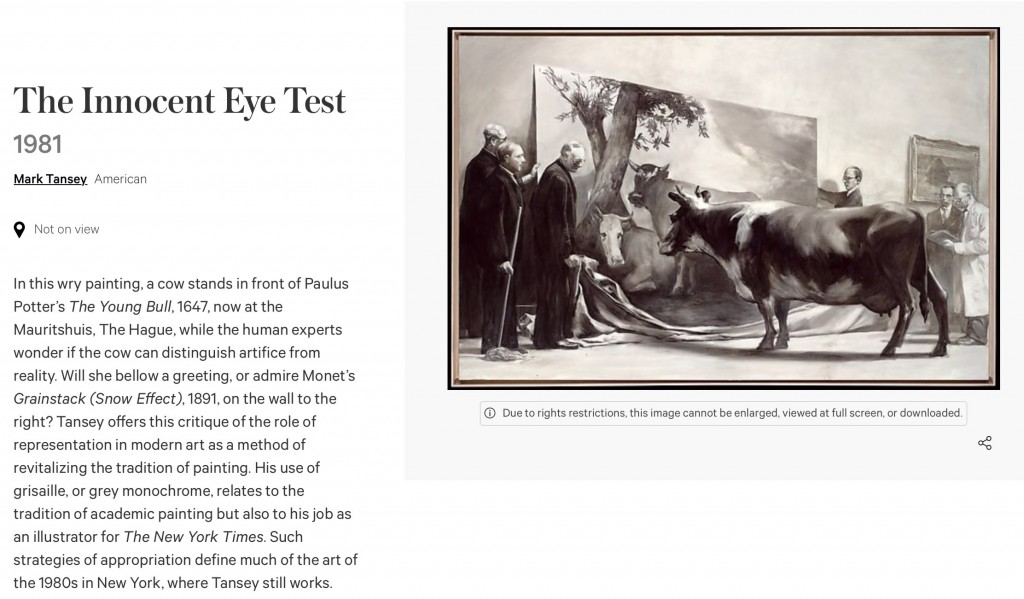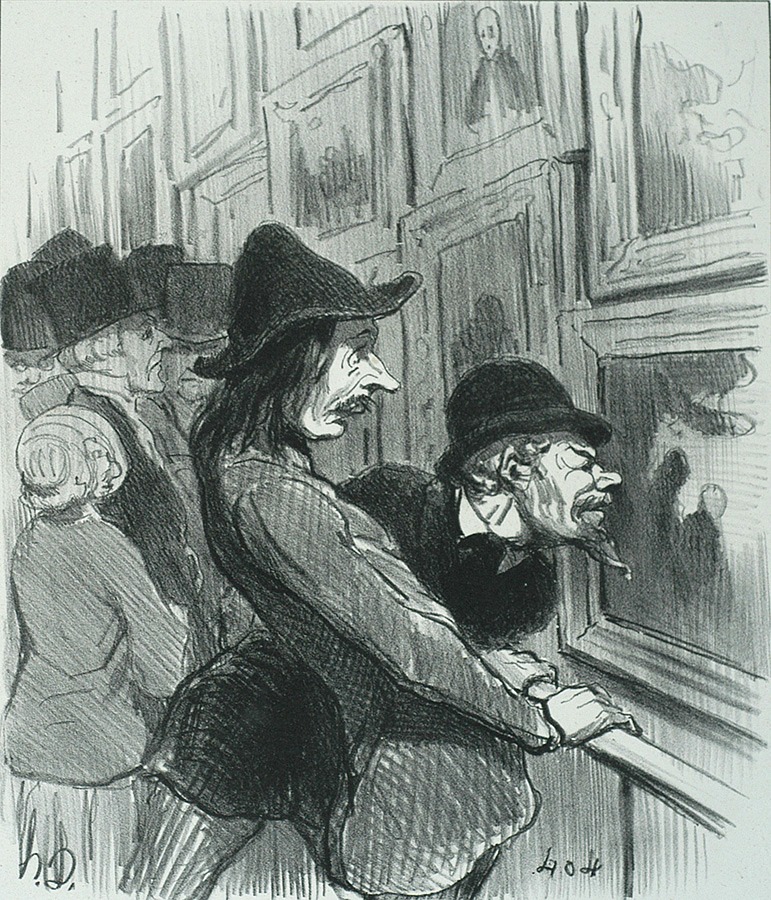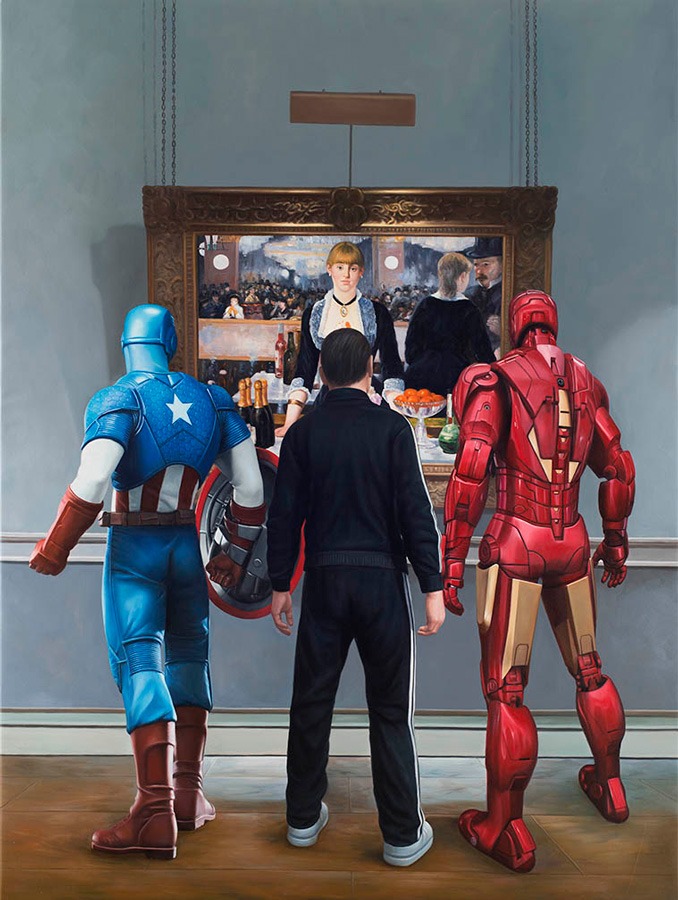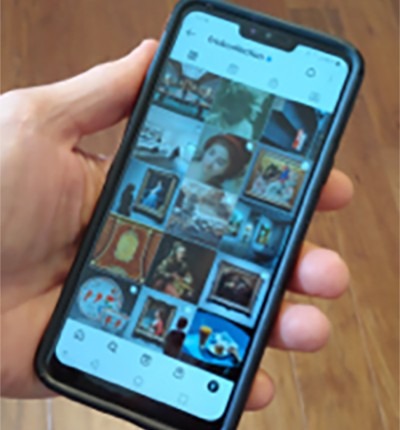By Steven Kenny
Find out more about the
Slow Art Movement here
Instagram. Think about that name. Insta-gram. Like telegram –a short message – only visual instead of textual – meant to be instant-ly comprehended.
Arguably, every museum, gallery and visual art enterprise has an Instagram account. Seemingly endless rows and columns of artwork in bite size nuggets like a sheet of postage stamps. My smart phone displays 15 on the screen at once. A literal mosaic of fine art – each tile competing for your attention like baby birds crammed cheek-by-jowl in a nest.
To me, it all seems antithetical to an artistic institution’s mission. But, such are the times we live in.

Poor artists! We toil earnestly on each new creation in the hope that someone out there will like it well enough to take it home and display it prominently. We dreamily imagine them standing in front of it or admiring it from across the room for a good portion of each day.
Alas, the vast majority of art on display receives what amounts to a passing glance. Depending on which research study you read, the average amount of time spent looking at an individual work of art in a museum is 17-30 seconds. This data is not new.

Back in 2008 a man named Phil Terry made an hours-long visit to the Jewish Museum in New York. Most of his time was spent in front of just two paintings, Hans Hoffman’s Fantasia and Jackson Pollock’s Convergence. The experience was revelatory and, as a result, the Slow Art Movement was born.
The Movement’s goal is to allow viewers the time necessary to form a personal opinion about a work of art that’s not dependent on knowing the work’s creator or its art historical context. That can always come later, or not.

Here’s how it works – individual museums organize their own Slow Art Day once a year (this year’s was April 10). Visitors are grouped and given a list of five works and they spend 10 minutes with each. No pressure to decipher the artist’s intention. Afterwards, over a meal, everyone shares their feelings about, and reactions to, the art they saw.
The concept has been a big hit. According to the organization’s web site:
- over 1,400 individual Slow Art Day events have taken place since its official launch in 2010
- Slow Art Day events have taken place on all seven continents, including Antarctica
- 700 venues (museums, galleries, artist studios, sculpture parks, public art sites, etc.) have hosted Slow Art Day events
Personally, I think this is a wonderful idea. Having spent 10 years as a museum docent, I’ve seen firsthand what can happen when people who normally are intimidated by fine art spend an extended amount of time looking. Granted, a docent’s job is to talk to you while you look but there are no docents involved in a Slow Art experience. The important thing is simply to stop, stare and feel. Hopefully, time allows the art to come to life and speak to you. If not, that’s fine, too.

No need to wait for the next scheduled Slow Art Day.
Organize your own! Grab a friend or two and try it.



